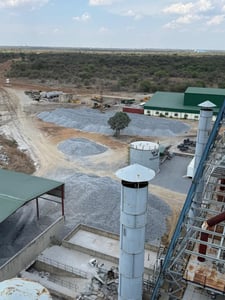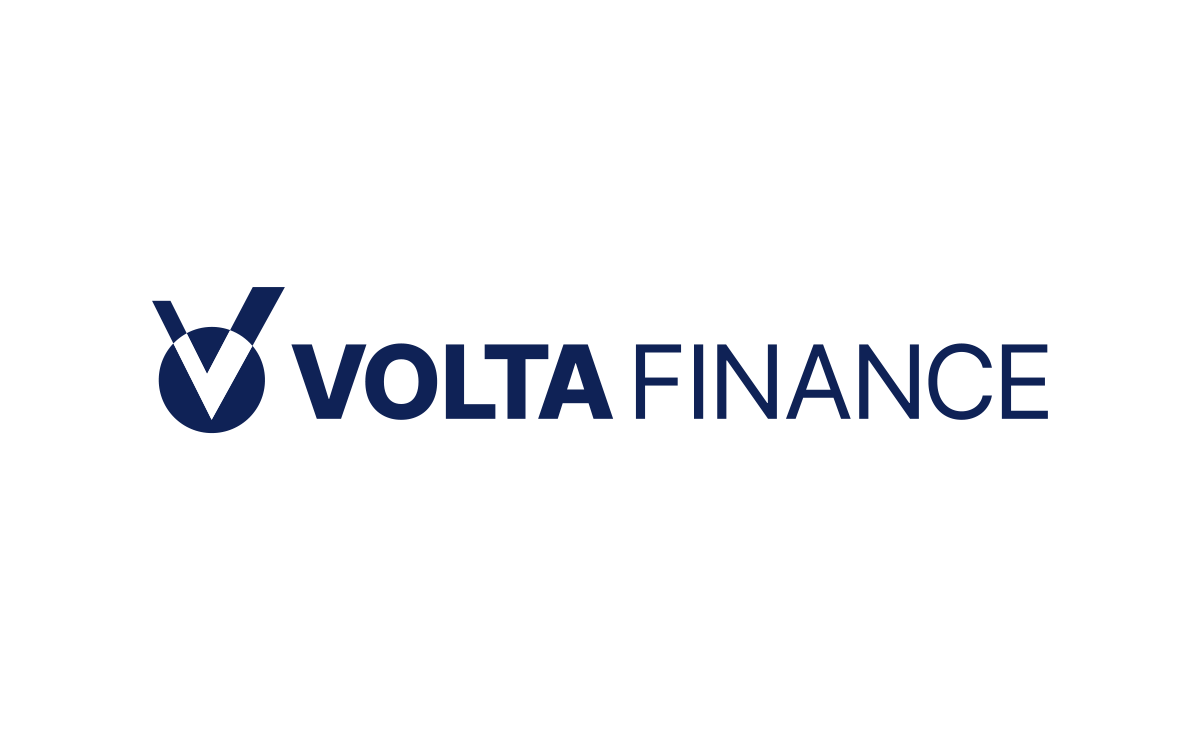Glencore PLC, trading under the symbol GLEN.L, stands as a formidable presence in the Basic Materials sector, specifically within the Industrial Metals & Mining industry. Headquartered in Baar, Switzerland, Glencore’s operations stretch across the globe, engaging in a wide array of activities from the production to the marketing of metals, minerals, and energy products. Its reach extends into Americas, Europe, Asia, Africa, and Oceania, highlighting its role as a key player in the global commodities market.
With a market capitalisation of $34.74 billion, Glencore presents significant weight in the market. Currently priced at 291.7 GBp, the stock has experienced a modest price change of 0.01%. The 52-week range of 230.05 to 483.05 GBp reflects substantial volatility, a characteristic that potential investors should note when considering exposure.
One aspect that stands out in Glencore’s financials is its valuation metrics, which reveal some intriguing points for investors. Notably, the trailing P/E ratio and PEG ratio are not available, and the forward P/E is strikingly high at 874.19, suggesting that investors are pricing in significant future growth or other factors not immediately apparent in current earnings. The absence of a price/book ratio and price/sales ratio further complicates typical valuation assessments.
From a performance perspective, Glencore’s revenue growth is a modest 3.10%, yet the net income is notably absent, coupled with an EPS of -0.10. The negative return on equity at -7.29% raises questions about the company’s efficiency in generating returns on shareholder investments. However, the free cash flow stands robust at approximately $5.66 billion, indicating strong liquidity and potential for reinvestment or dividend payouts.
Investors seeking income will find Glencore’s dividend yield of 2.72% somewhat appealing. However, the payout ratio at 131.12% suggests that the company is distributing more than its earnings, a red flag that may warrant a deeper examination of sustainability.
The analyst community appears optimistic, with 14 buy ratings against just one hold and no sell ratings. The average target price of 386.58 GBp suggests a potential upside of 32.53%, a tantalising prospect for growth-oriented investors. The target price range of 295.44 to 462.05 GBp underscores the diverse expectations for Glencore’s performance.
In terms of technical indicators, the stock’s relative strength index (RSI) at 74.79 suggests it is in overbought territory, which could foreshadow a potential pullback. The moving averages further complicate this picture, with the current price sitting below the 200-day moving average of 343.20 GBp, yet above the 50-day moving average of 266.16 GBp. The MACD and signal line figures indicate bullish momentum, but investors should remain cautious given the RSI readings.
Founded in 1974, Glencore has a storied history of navigating the complexities of the commodities market. Its diversified operations across both Marketing Activities and Industrial Activities provide a broad exposure to global economic trends. The company’s involvement in the production and marketing of essential commodities like copper, cobalt, and coal, alongside its services in logistics and finance, positions it uniquely to leverage growth in sectors such as battery technology and energy.
For investors, Glencore offers a compelling blend of opportunities and challenges. The volatility in its stock price, coupled with the intricate balance of its financial metrics, calls for a nuanced understanding of both market dynamics and the company’s strategic moves. As global demand for industrial metals and energy products evolves, so too will Glencore’s potential as a cornerstone investment in the sector.






































